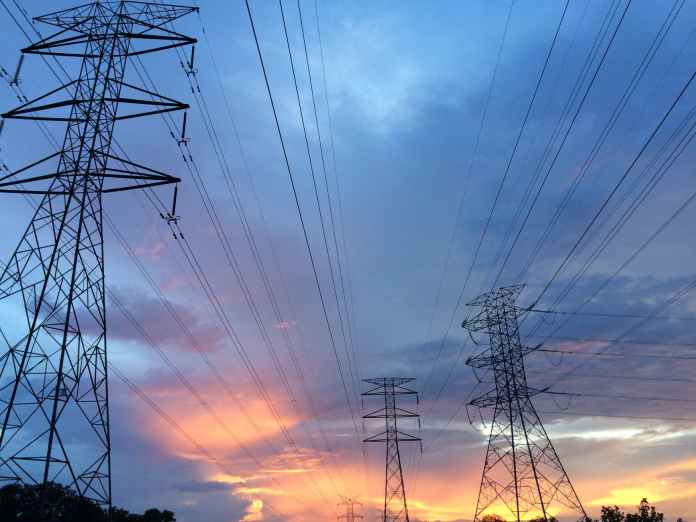The Tamil Nadu Electricity Regulatory Commission (TNERC) has issued a draft notification regarding the regulations for Green Energy Open Access (GEOA). The objective of these regulations is to facilitate the use of renewable energy sources by providing non-discriminatory access to the state’s transmission and distribution systems.
The scope of these regulations covers the entire state of Tamil Nadu, applying to the intra-state transmission systems as well as distribution systems. The aim is to streamline the process for consumers and generators who wish to utilize green energy sources, ensuring that the necessary infrastructure and regulatory framework are in place to support this transition.
The regulations categorize Green Energy Open Access into three types based on the duration of use: long-term (exceeding 12 years but not more than 25 years), medium-term (exceeding three months but not more than three years), and short-term (up to one month). This classification helps in managing the different needs and planning requirements of various consumers and generators.
Applications for GEOA must be submitted through the Central Nodal Agency’s (CNA) portal, which will then route them to the State Nodal Agency (SNA). For intra-state transactions, applications can be submitted directly to the SNA to avoid delays. The Tamil Nadu State Load Despatch Centre (SLDC) is designated as the SNA for short-term GEOA, while the State Transmission Utility (STU) handles medium and long-term GEOA.
Eligibility criteria for GEOA include ensuring the proper installation of interface meters at both the generator and consumer ends, adherence to metering standards set by the Central Electricity Authority, and compliance with the state’s grid connectivity and intra-state open access regulations. Existing agreements for renewable energy under open access will continue until their specified period ends, after which new applications must be submitted for any additional capacity.
The regulations also outline the priority for curtailment of renewable energy. In cases where curtailment is necessary due to transmission or distribution constraints, the order of priority is short-term non-GEOA consumers first, followed by short-term GEOA consumers, then medium-term non-GEOA and GEOA consumers, and finally long-term non-GEOA and GEOA consumers. Distribution licensees are the last to be curtailed.
Metering standards are emphasized, requiring GEOA generators to install both main and check meters, with all metering equipment maintained in good condition and open for inspection by authorized personnel. The metering and interconnection points must be at the nearest substation of the transmission or distribution licensee.
The SLDC is responsible for issuing detailed procedures within 90 days from the notification of these regulations, in consultation with stakeholders and subject to the Commission’s approval. These procedures will cover the grant of GEOA, application submissions, eligibility criteria, processing times, billing, energy accounting, and other relevant details.
Furthermore, the SLDC must maintain a separate webpage titled “Green Energy Open Access Information” and issue monthly and annual reports containing status updates on GEOA consumers, floor rates for bidding in case of congestion, peak load flows, and average transmission and distribution losses.
Overall, these regulations aim to create a structured and transparent process for integrating renewable energy into Tamil Nadu’s power grid, supporting the state’s commitment to sustainable energy and reducing reliance on fossil fuels.
Please view the document here for more details.
Related
- SEO Powered Content & PR Distribution. Get Amplified Today.
- PlatoData.Network Vertical Generative Ai. Empower Yourself. Access Here.
- PlatoAiStream. Web3 Intelligence. Knowledge Amplified. Access Here.
- PlatoESG. Carbon, CleanTech, Energy, Environment, Solar, Waste Management. Access Here.
- PlatoHealth. Biotech and Clinical Trials Intelligence. Access Here.
- Source: https://solarquarter.com/2024/06/15/new-regulations-for-green-energy-open-access-in-tamil-nadu-streamlining-renewable-energy-integration/



